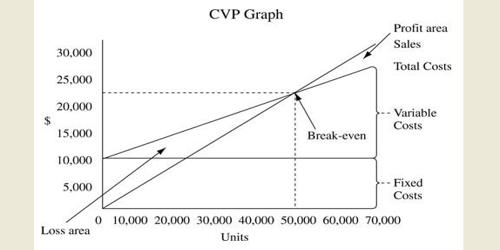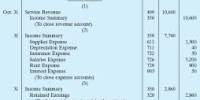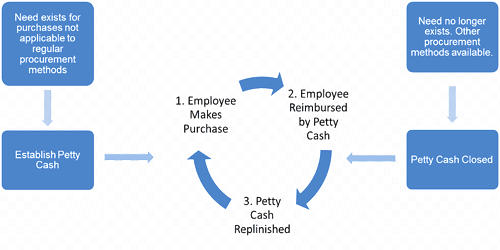Common Assumptions in Cost-Volume-Profit (CVP) Analysis
CVP analysis is used to determine how changes in costs and volume affect a company’s operating income and net income. Certain underlying assumptions place definite limitations on the use of CVP analysis. Therefore, it is essential that anyone preparing CVP information should be aware of the underlying assumptions on which the information is to be derived. CVP analysis requires that all the company’s costs, including manufacturing, selling, and administrative costs, be identified as variable or fixed. If these assumptions are not recognized, serious errors may result and incorrect conclusions may be drawn from the analysis. A cost volume profit definition, defined also as the CVP model, is a financial model that shows how changes in sales volume, prices, and costs will affect profits. These components are vital to determining the success of a company through profit margins.
Some of the key assumptions underlying the cost-volume-profit analysis are as follows:
(1) All costs can be classified as fixed and variable
All costs are presumed to be classified as either variable or fixed. While developing and applying cost-profit-analysis including the break-even analysis, it is assumed that all costs can be classified into fixed and variable costs. In the real business environment, however, costs behave differently. In fact, it is difficult to identify each and every cost element as fixed and variable. If anyone fails to identify the cost as fixed and variable, the application of cost-volume-profit analysis becomes almost impossible.
(2) Behavior or costs will be linear within the relevant range
Cost-volume-profit (CVP) analysis assumes that total fixed costs do not change in the short-run within the relevant range. Cost and revenue relationships are linear within a relevant range of activity and over a specified period of time. Total variable costs are exactly proportionate to sales volume. But in reality, cost behavior may not remain constant.
(3) The difficulty of steps fixed costs
The relevant range for many costs is very short. If prices, unit costs, sales-mix, operating efficiency, or other relevant factors change, then the overall CVP analysis and relationships also must be modified. In that case, it becomes very uncomfortable to compute the required volume because it is difficult to say that which the relevant range for our needed volume is.
(4) Selling price remains constant for any volume
The selling price and market conditions are constant. Indeed, most often quantity discount is offered for different lots of purchase. Also, if the business produces and sells multiple products, the sales mix is assumed constant. This causes difficulty in determining the contribution margin per unit(CMPU) and contribution margin ratio.
(5) There is no significant change in the size of the inventory
Application of cost-volume-profit (CVP) analysis is possible only under the following two situations:
- Either the company should follow variable costing for the inventoriable product cost.
- Or all the production volumes should be sold within the same period.
(6) Cost-volume-profit (CVP) analysis applies only to a short-term time horizon
CVP analysis is a short term planning tool because nothing remains stable in the long-run. When circumstances change, CVP analysis should also be revised to reflect the changing situations. In the condition of changing variables, all equations of CVP analysis need a readjustment of figures.
Information Source:
















